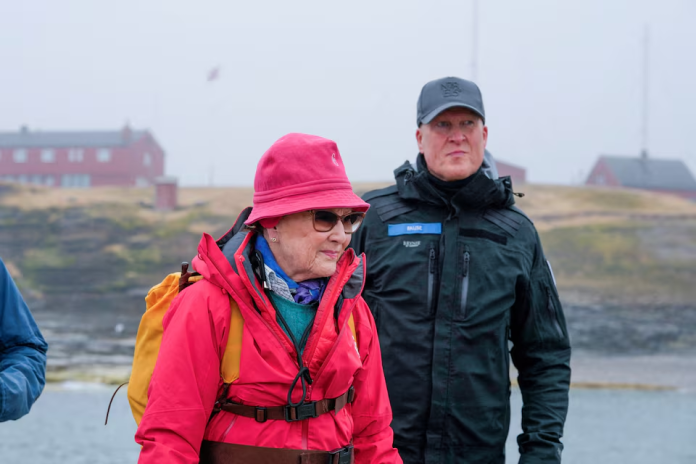Norway’s King Harald and Queen Sonja visited the primary settlement of the Arctic archipelago Svalbard on Monday, marking a century of Norwegian sovereignty over the resource-rich territory, according to Reuters.
The royal tour coincides with heightened international focus on the polar region from the United States, Russia, and China. Svalbard, officially integrated into Norway in 1925, lies midway between the North Pole and mainland Europe, serving as a strategic hub for shipping, mining, and security interests. The visit follows French President Emmanuel Macron’s Sunday trip to Greenland, signalling European solidarity in the Arctic.
The 1920 Svalbard Treaty grants Norway sovereignty while permitting citizens of signatory states visa-free settlement. Though restricting military use, the archipelago is not demilitarised.
Russia has repeatedly accused Oslo of militarising Svalbard, allegations Norway denies. As NATO’s monitor for the 2 million km² North Atlantic sector, Norway maintains significant defence responsibilities. Statistics Norway records 2,863 residents across Svalbard, including 297 Russians concentrated in Barentsburg and Pyramiden settlements.
Global attention on Arctic resources and routes intensified following repeated statements by US President Donald Trump expressing interest in acquiring Greenland. The region holds substantial fossil fuel and mineral deposits beneath its land and seabed, fuelling military and economic competition.
China, self-identifying as a “near-Arctic” state, actively promotes its “Polar Silk Road” initiative to establish alternative shipping corridors and reduce dependence on the Strait of Malacca.
The archipelago’s unique legal status—balancing open settlement with restricted militarisation—positions it as a critical zone for observing Arctic governance tensions. As polar ice retreats open new passages, Svalbard’s significance as a gateway to Arctic resources continues to grow, drawing great-power scrutiny to this remote Norwegian outpost.
